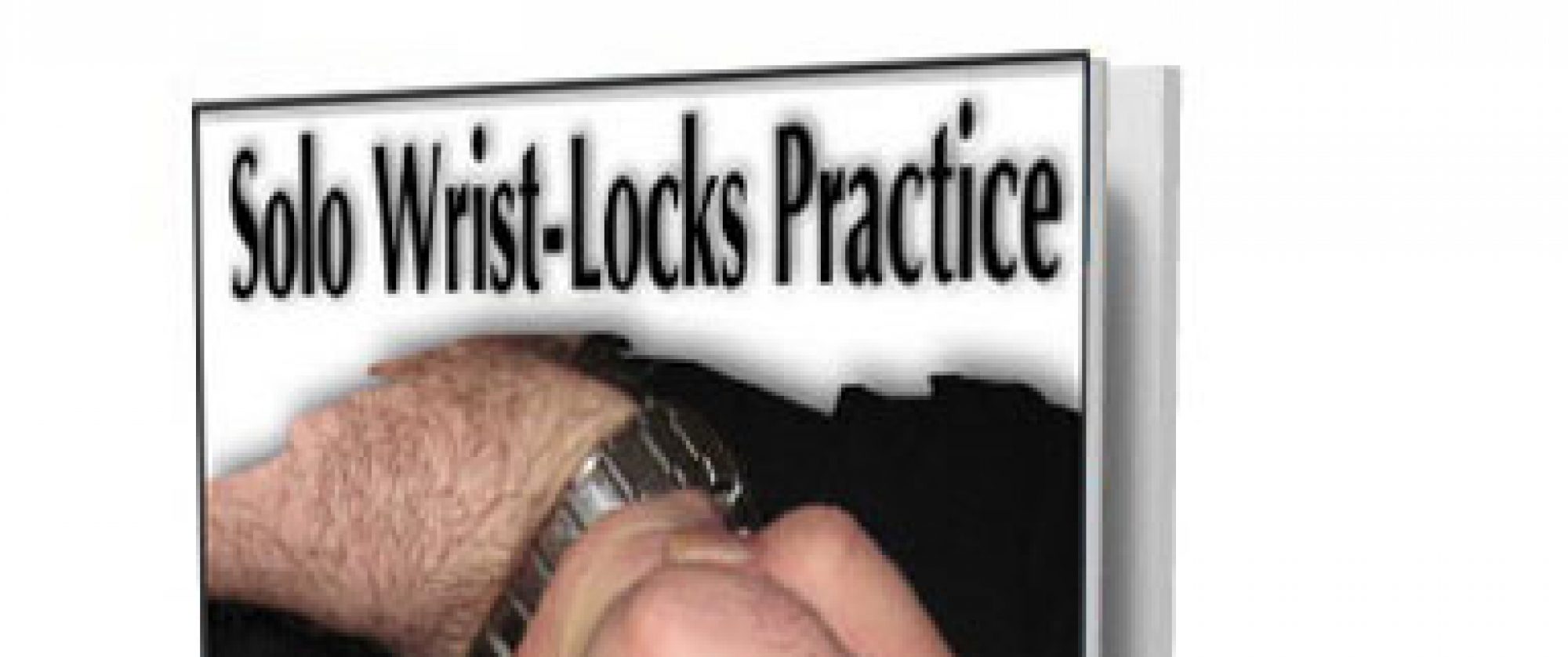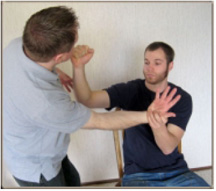If you have been into martial arts, combatives, or fighting for any length of time, then you know that there are definitely two opposing sides of the wrist-locks argument: some believe that joint locks work in a real fight or self-defense situation, and then there are those who belief that actually effecting a practical wrist lock is pure fantasy.
Which camp do you side with?
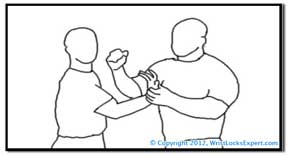 Obviously, as the author of Wrist Locks: From Protecting Yourself to Becoming an Expert, I believe wrist locks are practical and VERY effective … if you know how to make them work. And that’s the key …
Obviously, as the author of Wrist Locks: From Protecting Yourself to Becoming an Expert, I believe wrist locks are practical and VERY effective … if you know how to make them work. And that’s the key …
Of course, my belief is more than just dojo founded. Locks have worked for me for years and years. They have proved their worth.
[headline_tahoma_medium_left color=”#000000″]Wrist Locks Don’t Work[/headline_tahoma_medium_left]
When someone shares with me their opinion that joint locks are just this side of worthless, I don’t immediately label him or her in my mind as a silly boy or silly girl. These naysayers obviously have had some experience where a lock failed them … or failed someone else, while they were attacking.
So, while we play, I look for a good spot in our sharing of martial knowledge to make my point. And once again, my point is that locking will help us to defend ourselves better. And at some point, I may convince my colleague of the same.
Try to snap on a lock the midst of a self-defense scenario is challenging. You have to defend yourself, and then take a lock when the opportunity presents itself. Since there are so many variables in these situations, you need a variety of locks, and you need to know how to get into the right position while someone is hitting and kicking you.
It takes practice.
[headline_tahoma_medium_left color=”#000000″]An Easy Wrist Lock[/headline_tahoma_medium_left]
Sometimes these wrist-lock critics make, what I call, a stupid error, and it does cause me to chuckle on the inside. I’m laughing at the irony of my critic making the lock easier for me….
The last time a self-proclaimed martial-arts expert got in my face with the statement, “Dude, wrist locks don’t work,” he forced an internal giggle to course through my head; my brain was squealing in delight, like a kid in a candy store.
Why?
Because this guy challenged me by offering me a hand, wrist, and forearm. He stuck out his right hand and said, “Go ahead; try and lock me, if you think you can!”
When he said that, I did think to myself … “Oh, silly, boy!”
Because he was allowing me to start my lock from a grab. He wasn’t resisting from a distance; he allowed me to get to a “starting position.”
[features_box_light_green width=”75%” + border=”2px”]Note: I don’t care if he’s grabbing me, or I am grabbing him; wrist locks feel easy to me, when I can start from such a fixed position.[/features_box_light_green]
How courteous of him, and how convenient for me.
Not only was he proffering a hand, he was allowing me to choose which lock I wanted. And let me tell you, snapping on a lock when you are being grabbed is a lot easier than having to get to that position in the middle of a scuffle.
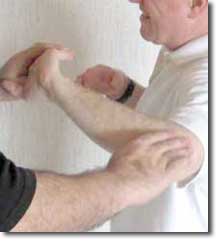 Not only that, I chose a lock based on predicting how he’d resist. So, I was ready for him.
Not only that, I chose a lock based on predicting how he’d resist. So, I was ready for him.
I got into position, and said, “Go!”
He resisted … and I had a choice: overpower the resistance, or go with the flow … into my planned secondary lock. Right into my trap.
Oh, and I set him up, so that he couldn’t reach me with his other hand or foot from the starting position.
Silly … challenging … boy … young man.
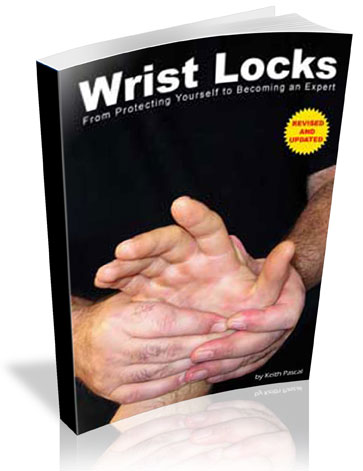 If you need to learn to snap on a variety of wrist locks from a grab, check out Chapter 5 of Wrist Locks: From Protecting Yourself to Becoming an Expert. If you want to get into a lock in the middle of a fight, look to Chapter 8 and 12. And if you have problems against wrist-lock resisters, then practice the tips on pages 156 – 162 (middle of Chapter 7).
If you need to learn to snap on a variety of wrist locks from a grab, check out Chapter 5 of Wrist Locks: From Protecting Yourself to Becoming an Expert. If you want to get into a lock in the middle of a fight, look to Chapter 8 and 12. And if you have problems against wrist-lock resisters, then practice the tips on pages 156 – 162 (middle of Chapter 7).
